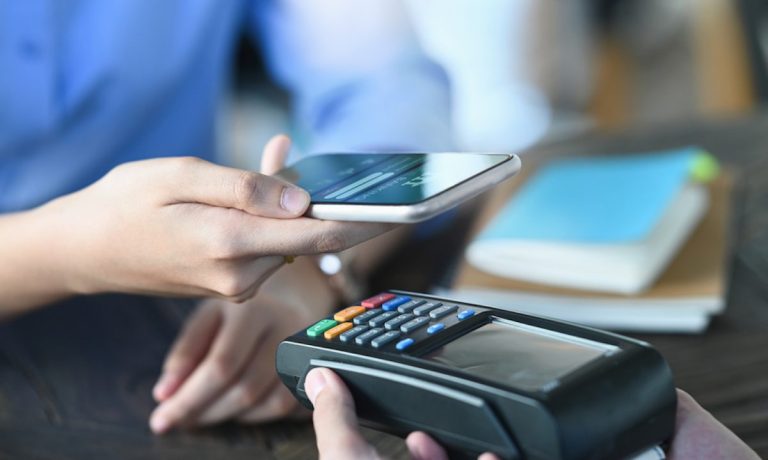The slow roll of digital card usage sped up considerably in recent years, yet there remains a major market opportunity for convenient, feature-laden digital cards. This was revealed in the August 2021 study Digital Card Usage: A Path Forward, a PYMNTS and IDEMIA collaboration, drawing on responses from a census-balanced panel of nearly 2,250 U.S. consumers conducted in Q2 2021.
See more: Digital Card Usage: A Path Forward
Observing that 41 percent of U.S. consumers have a credit or debit card in a digital format loaded into their digital wallets, the study finds that “consumers can now access digital cards in a variety of ways, including mobile wallets like Apple Pay, Samsung Pay and Google Pay, mobile banking apps, popular retailers’ digital wallets or online pay buttons such as Amazon Pay, PayPal and Click to Pay.”
While the 41 percent figure is encouraging, Digital Card Usage notes that “penetration appears to have peaked. Of those who do not have digital cards, 5 percent are ‘very’ or ‘extremely’ interested in using them. Eleven percent who do not have digital cards — 27.6 million Americans — are ‘somewhat’ interested in using digital cards.”
Regardless of enervated adoption, the interest in digital cards and what they can do is reasonably high, referring not only to the 27.6 million people who are at least “somewhat” interested in them, but to other levels of consumer curiosity around next-gen credit and debit “cards” done without the plastic.
Per the study, “Forty-seven percent of consumers are highly interested in using digital cards for in-store payments over the next year, and interest is highest among millennials: 57 percent of this group are interested in using digital cards in this way, as are only 34 percent of baby boomers and seniors. Almost half of middle-income respondents — those earning $50,000 to $100,000 annually — are highly interested in paying with digital cards at the point of sale, compared to 40 percent of those who make less than $50,000 per year. Fifty-six percent of those who make more than $100,000 are notably interested in using digital cards to make payments online, as are just 43 percent of those who make less than $50,000.”
Advertisement: Scroll to Continue
Read more: Digital Card Usage: A Path Forward
This all begs the question: “What’s holding things up?” Researchers examined that angle, finding that security concerns and a general lack of knowledge are root causes that issuers are now confronting. Digital Card Usage: A Path Forward found that 35 percent of consumers without digital cards cite security as their main worry, despite the highly secure nature of this form.
“Nearly 40 percent of respondents in the highest income bracket cite security worries as the most important reason they do not have digital cards. This share is only 27 percent among those with annual incomes of less than $50,000,” per the study, which added that 21 percent of those not currently holding digital cards don’t understand how they work, and 19 percent are not aware of the payment option.”
The report also notes that “28 percent of Gen Z consumers claim they are not aware of digital cards as a payment option — a share that is quite high compared to other age groups. Twenty-two percent of Gen X consumers say the same, as do 16 percent of millennials. These numbers point to poor general understandings of digital cards and specific misgivings about their benefits and how they are secured. There is a clear need for more education about how digital cards can benefit consumers, whether that information comes from merchants or digital card issuers.”




